This is Part 2 of our Tasmania Roadtrip. Part 1 covers our time on the East Coast.
After the lovely east coast we turned to the more remote and rugged western part of the island. Here unsealed roads stretched into a series of large national parks and the few cars we did pass all had their exhaust pipes wound up to the roof so that they could traverse muddy, flooded terrain. When we say remote, we mean it. To access many of the hikes in this region, you have to FLY in and hike for at least a week to wind your way out! Because of very wet weather and limited time, we stuck to more accessible 1-2 day hikes in this region.
From Launceston our plan was to:
- Do an overnight hike in Walls of Jerusalem National Park
- Day-hike and car camp in Cradle Mountain Lake St. Clair National Park
- Drive the rugged Southwest through the Franklin Gordon Rivers National Park and do an ambituous one night overnight of the Mt. Anne Circuit
This being Tasmania our plans shifted with the wind, rain and summer snow that fell over our week. Still, we managed the first overnight in a window of sun, caught good views of Cradle Mountain before the clouds descended, and took advantage of our flexibility and Tasmania’s compact size to delay and then adjust our plans to do two worthy hikes in Mt. Field National Park instead of hiking the Mt. Anne circuit.
Overnight Hiking in Walls of Jerusalem National Park

Walls of Jerusalem national park is named for the distinctive rock formations that ring its vast alpine wetland. It’s a unique geological area which offers a compact ring of peaks, walls, and lakes to explore from one of two possible base camp areas (the park has no road access). After a late start in Launceston we drove the hour or so to the trailhead.
The approach hike began with a gradual yet steady climb up to Trappers Hut (with a fun historical exhibit inside). From here the next hour took us across a series of small alpine lakes (all part of Solomon’s Jewels) before ending at Wild Dog Creek Campsite, a designated camping area with wood platforms to lesson the environmental impact of hikers. Note: there were a few trails leading away from the main trail to what we assume were rocky outcroppings near these alpine lakes where you could camp. If I were to do this hike again I’d likely find one of these campsites in order to find more solitude and escape the possums (more below).
At Wild Dog Creek we pitched our tent and set off into the main park area, eager to explore the area’s lakes and peaks. After passing Lake Salome we poked our way over to visit to the lovely Pools of Bethesda. With the sun setting we turned back to the campsite, pausing only long enough to watch our first wombat. Little did we know what more wildlife the night would have in store for us.
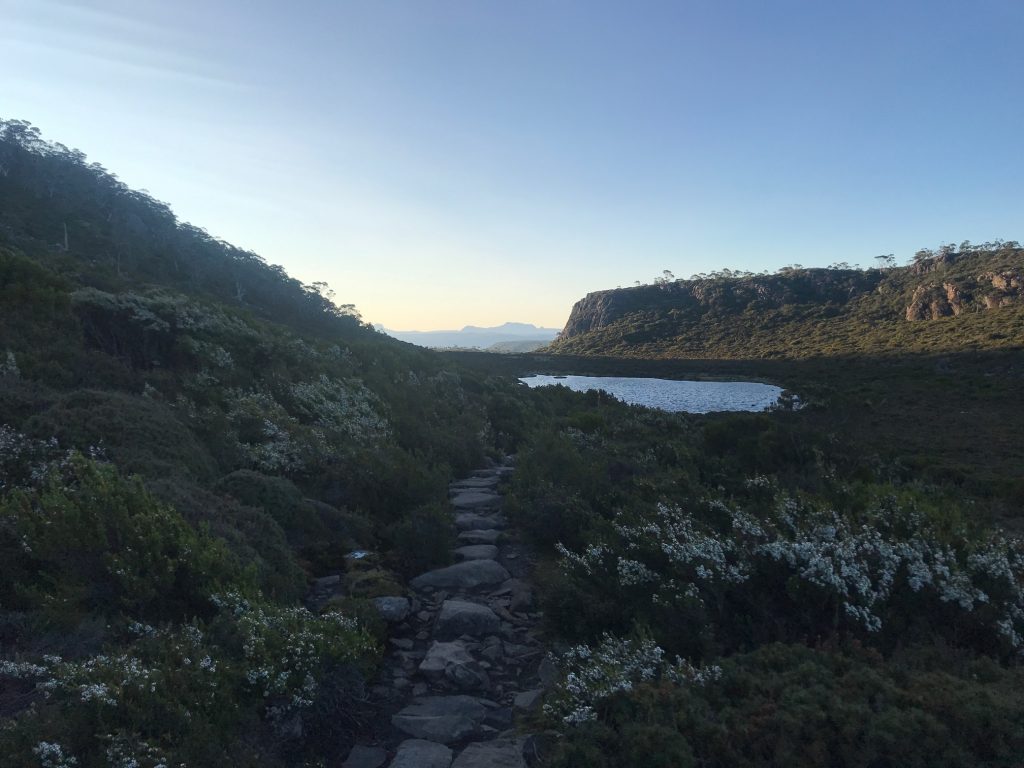
Little did we know what the night would have in store for us.
Wildlife in Walls of Jerusalem National Park
While we were only moderately terrified at our first sighting of a Tassie devil in the “unzoo” when we were safely behind a wall, we were definitely unsettled to see a wild one in our campsite at dusk. This nearly blind creature followed and sniffed us for several hundred yards before rushing towards us. Victor chucked a rock near it, which we think was enough to show it we were alive and thus not a good meal. However, as if devil nightmares (and a veritable sea of stars) weren’t enough to keep us awake, we noticed a consistent rustling and scratching on the front of our tent. When we shined a flashlight, we faced 2 pairs of large hungry eyes atop our backpacks.
A possum pair had arrived, and once they smelled our food they wouldn’t leave for the rest of the night.
In a literal game of whack-a-mole, Victor spent much of that night smacking the possums with a hiking pole when they appeared. Eventually he got good enough at hearing them approach on the tent platform that he could rustle the hiking pole enough to startle them away while half-asleep. Neither of us got much rest that night. (And may we suggest that they install bear/possum proof storage containers here as this is clearly not an isolated incident).
Relatively undeterred, however, we woke early and retraced our steps from last night back through the Herod’s Gate and into the park’s central area. This time we continued on to the Damascus Gate before taking the very fun trail up to Solomon’s throne. This well maintained trail rises steeply across a scree field before diving between two rock outcroppings to the top of the wall. From Solomon’s throne we explored across the top of the wall almost to King David’s Peak. With more time there are plenty of other official and unofficial trails that will let you ascend the various peaks (like Mount Jerusalem).
With a haze filling the air and the views of the Lake Country present but muted, however, we decided to turn around, pack up camp and hit the road.
The hike out was uneventful other than being scared into alertness as we encountered three of Tasmania’s venomous black tiger snakes along the trail. (If we were doing it again we’d probably turn it into the loop hike out through Dixon’s Kingdom Hut and down to Lake Ball and out).
Overall, we felt that Walls of Jerusalem National Park is a bit over-hyped but still enjoyed visiting such a unique ecosystem.
A Quick Visit to Cradle Mountain Lake St. Clair National Park
From Walls of Jerusalem National Park we headed west towards civilization and had an unexpectedly wonderful overnight in the cute town of Deloiraine. The lack of possums helped.

Refreshed, we made our way to Tasmania’s most popular national park to see Cradle Mountain. Here we car camped in a fully-equipped trailer park while taking a stunning hike up to Marion’s lookout for views out into Tasmania’s southwest mountain ranges (including back east towards Walls of Jerusalem).
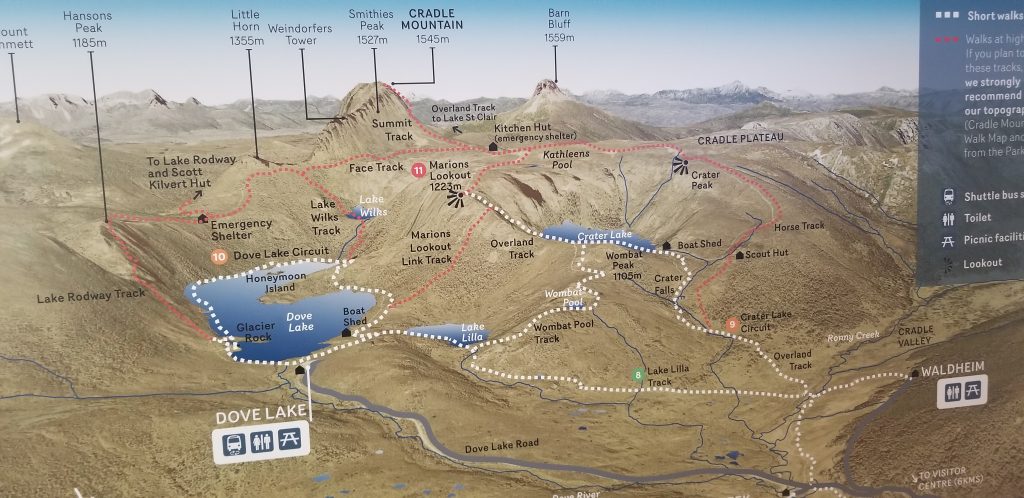
We emerged out of clouds and into a windswept view just in time. Within twenty minutes of arriving at the Lookout clouds blew through alternating which parts of the view were hidden. That night the rain began and would not let up for the next three days. Note: for day hikers in the Northern section of the park near Dove Lake make sure you pay attention to the shuttle times and plan your hikes accordingly.
Mt. Field National Park via Central Highlands
With rain sweeping through the Southwest region, but avoiding much of the central and eastern sides of Tasmania we opted not to drive West. Instead we backtracked a bit before turning South and driving through the sparsely populated yet arrestingly beautiful central highlands.

Following a tip from a local at the campground we took a dirt track to Liffey Falls.
The falls cascade down the valley in a series of rapids that get progressively more beautiful. It was a nice 30 minute walk and had good sunny picnic tables to eat lunch at. Sated, we continued down to Hobart to wait out the bad weather.
How to Spend Two Days in Mount Field National Park
We reemerged with the sun to explore nearby Mt. Field National Park. Here we also car-camped and took two worthy hikes.
The first afternoon we drove into the park’s alpine zone to complete a short but splendid hike to Seager’s Lookout. The views here stretched across the central valleys and out towards the Southeast mountains of Franklin-Ridge National Park.
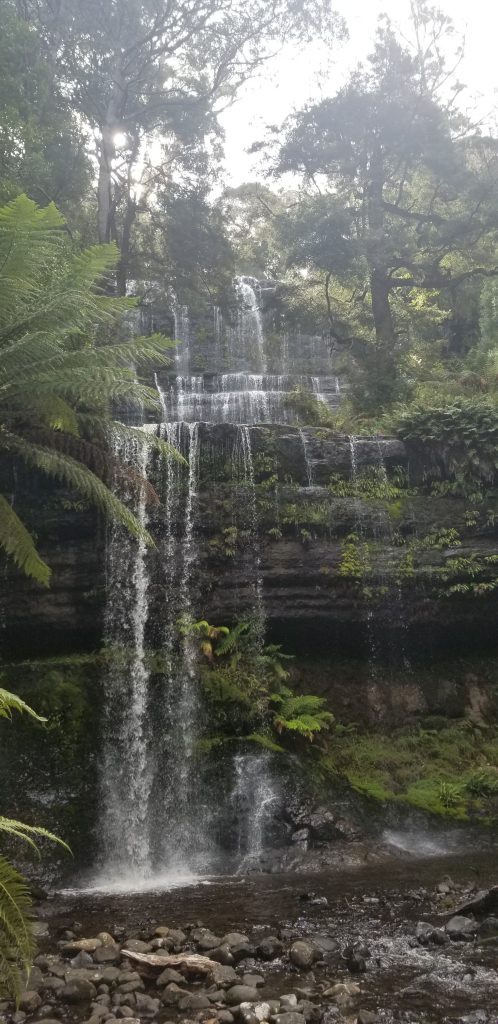
Later that evening we moseyed to the lower Russell and Horseshoe Falls (a thirty minute round trip walk). The falls cascade down a series of ledges and were quite tropical/mystical.
The contrast between seeing this lush area and the alpine hike we were on earlier in the day was quintessential Tasmania.
That night, discovering we only had a single person freeze dried we took advantage of our car-camping location and drove the 5 minutes out of the park to The National Park hotel. Beers, wifi, and easedropping on Aussie’s playing Cards of Humanity accompanied some truly excellent burgers.
The next day, the same day we would fly out of Hobart, we woke up at 6 am in order to tackle one of Mt. Field’s more iconic (and longer) hikes: The Tarn Shelf Loop.
This 5 hour hike combined a long alpine ridge traverse with descents past several alpine lakes. The views along with the varied weather we encountered ensured to make it a hike to remember.
The morning’s early start was somewhat dampened with a steep hike straight into freezing rain and howling alpine wind. Gradually, over the course of several hours, the skies opened up providing the views of glacial tarns and occassionally distant peaks which we had expected.
As we descended off the ridge the weather changed and became sunny and hot to the point where we welcomed cooling our feet off in the Lake Webster outlet. This was a great Tasmanian hike and was a fitting goodbye to the rugged environment we’d spent the better part of two weeks driving and hiking.
We stopped at one last vineyard near the airport before bidding goodbye to Tasmania and heading to Perth to begin our southwest Australia adventure.

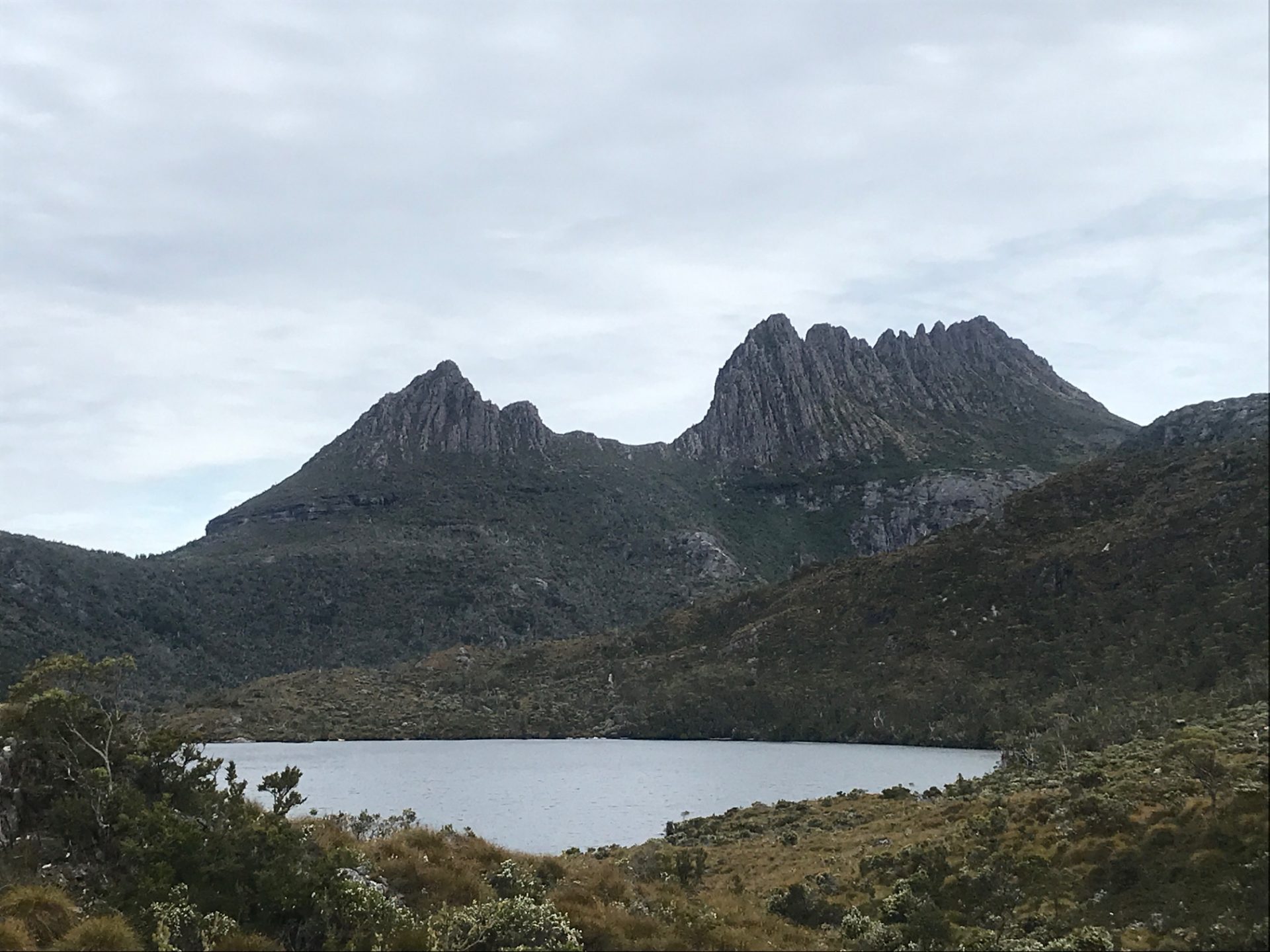
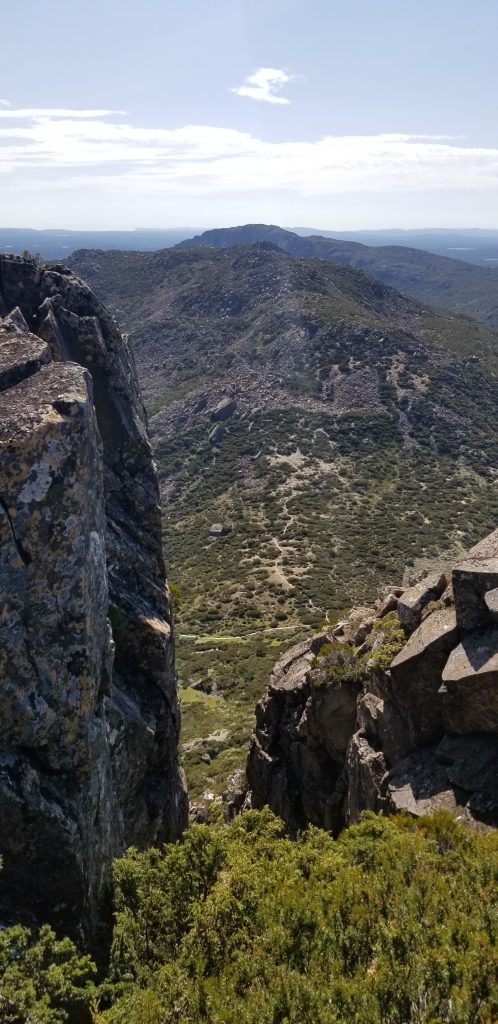
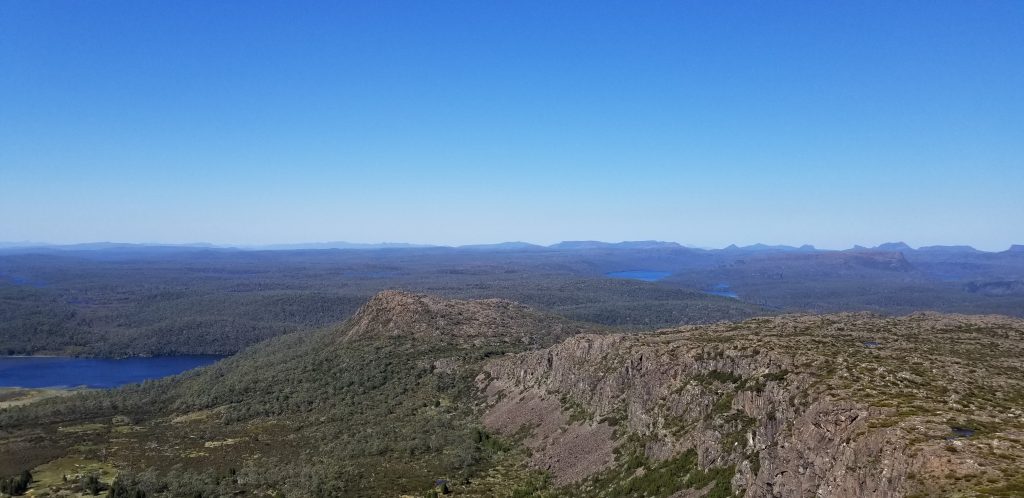


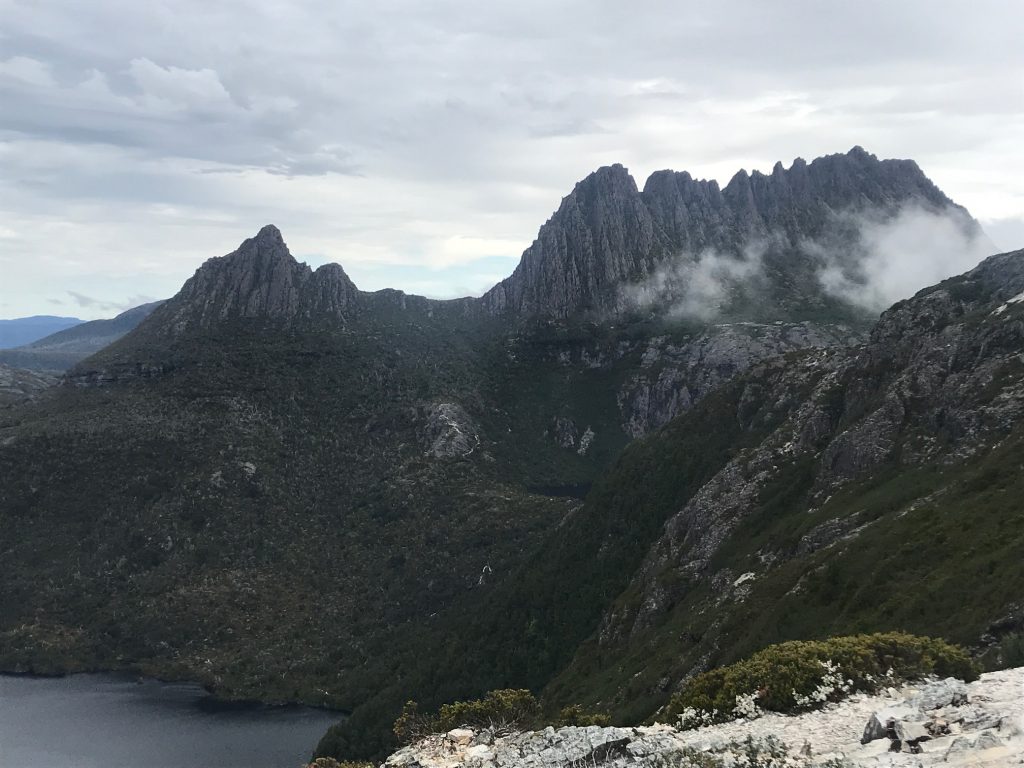
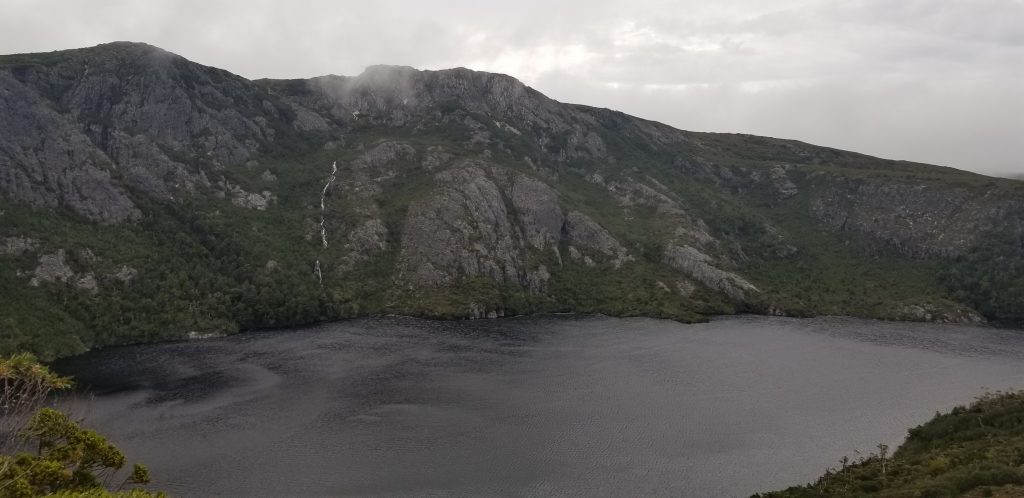
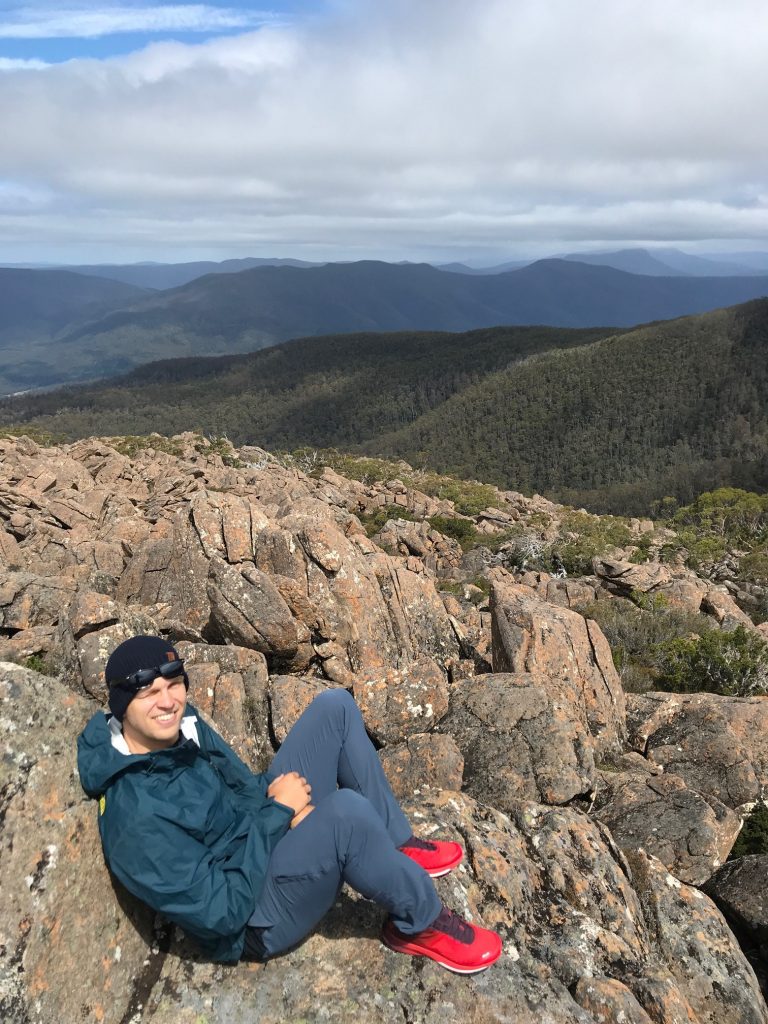
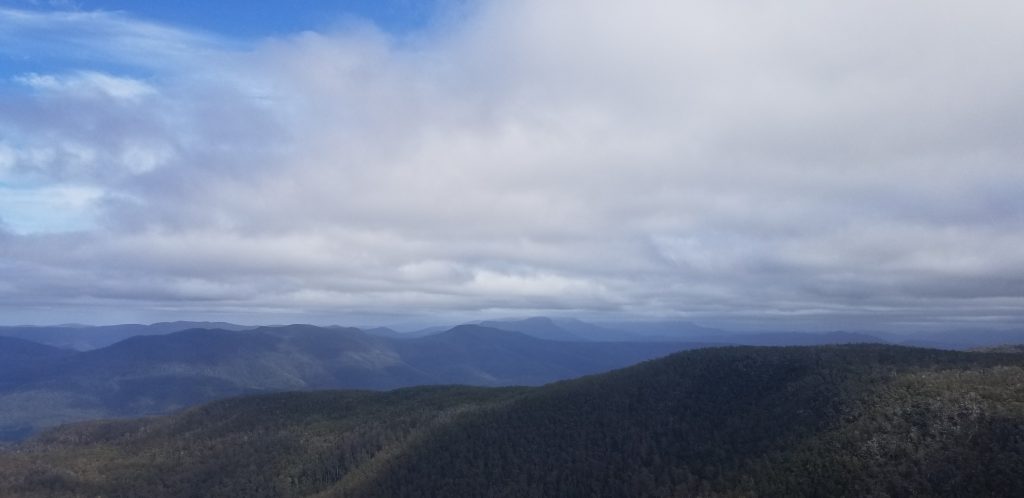

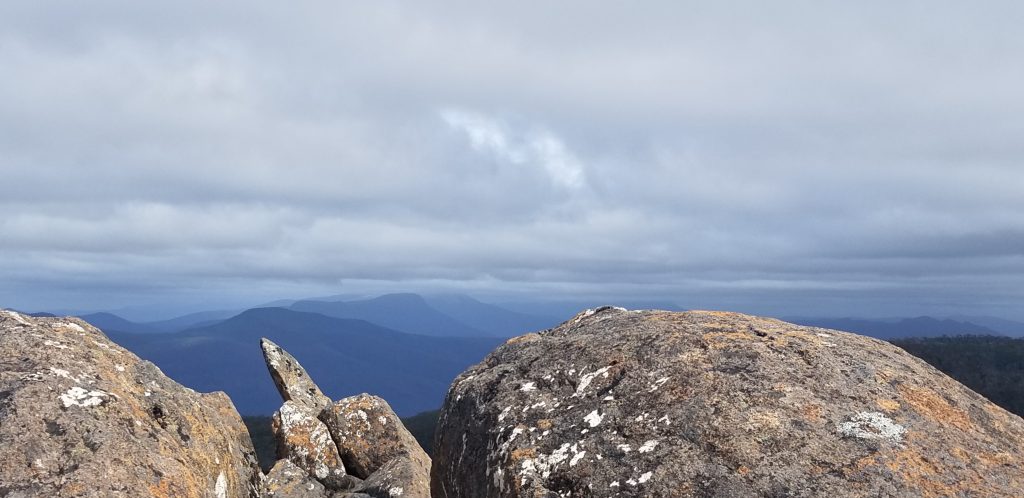
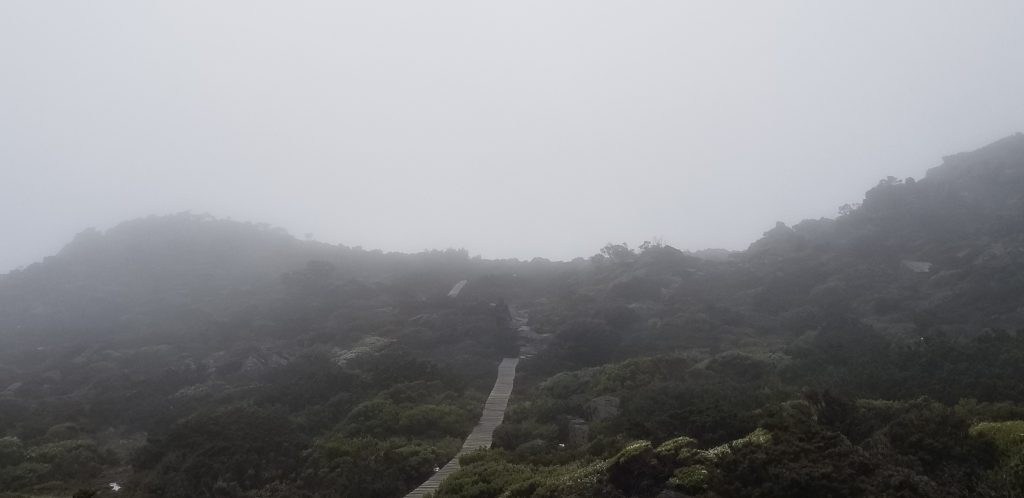
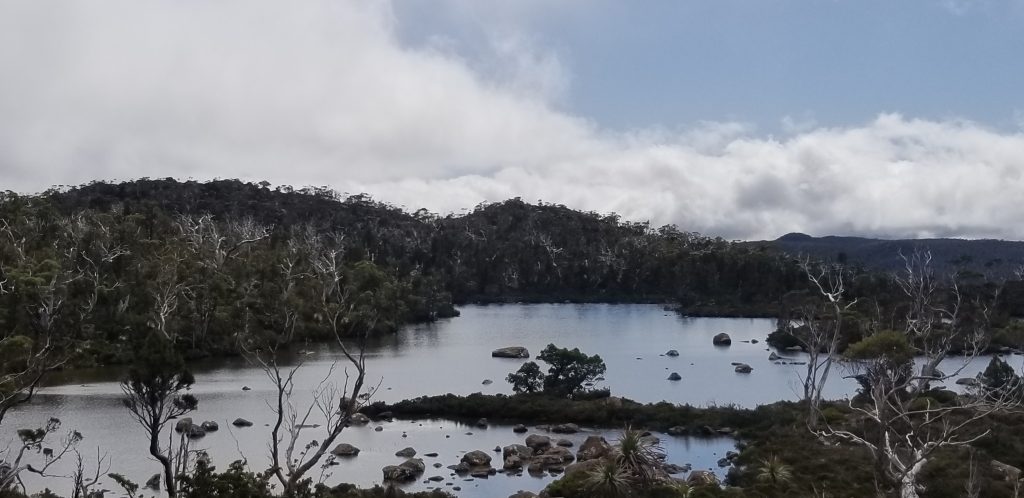
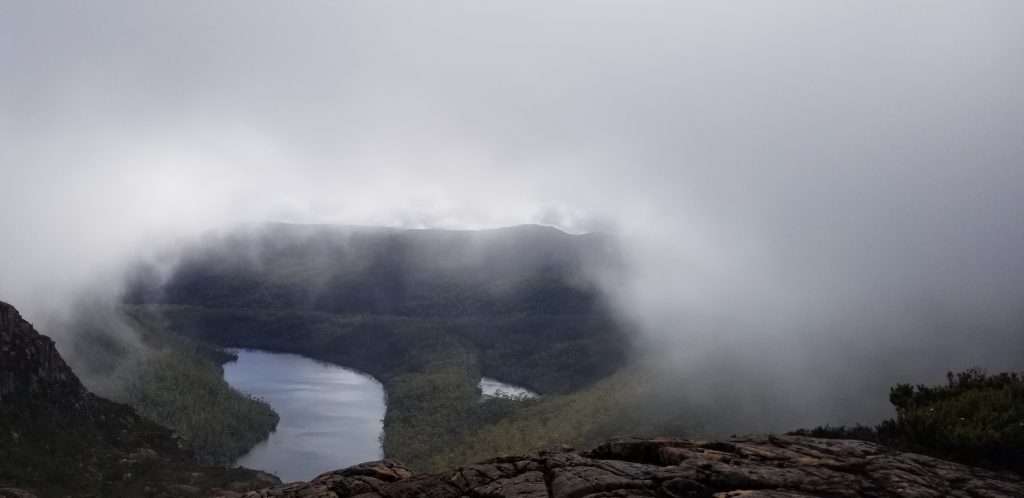

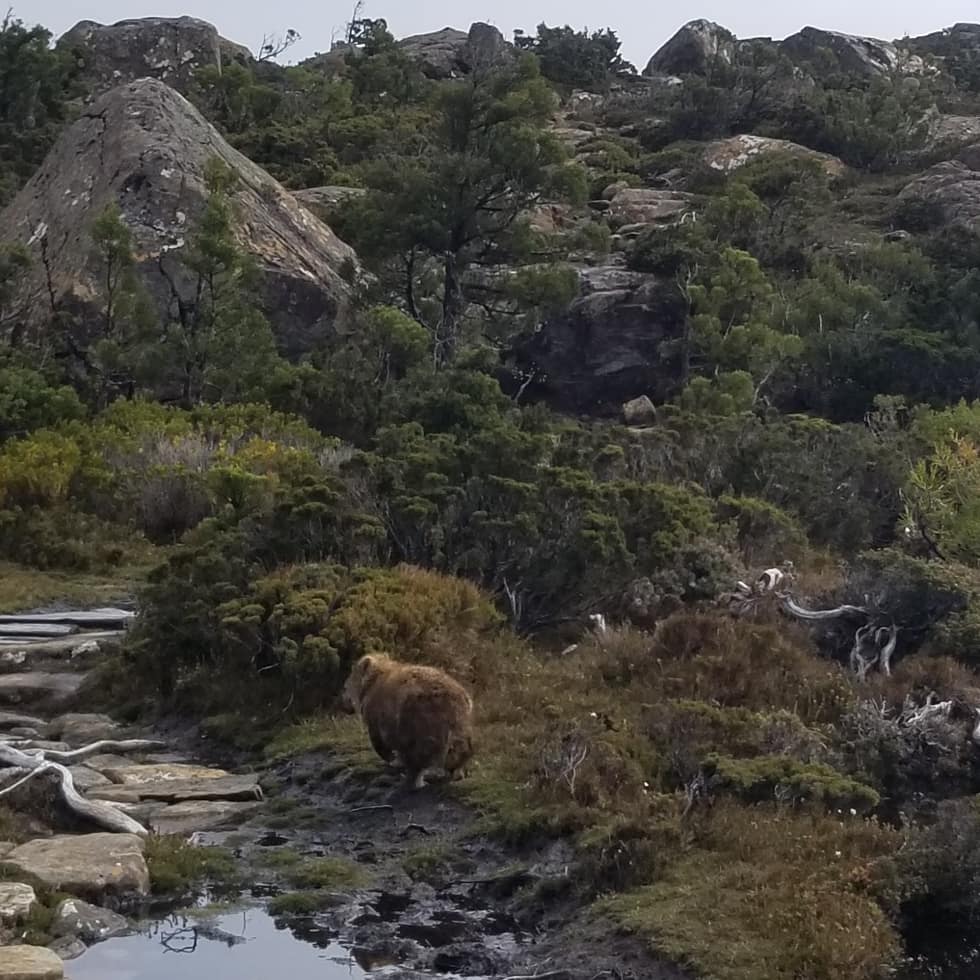
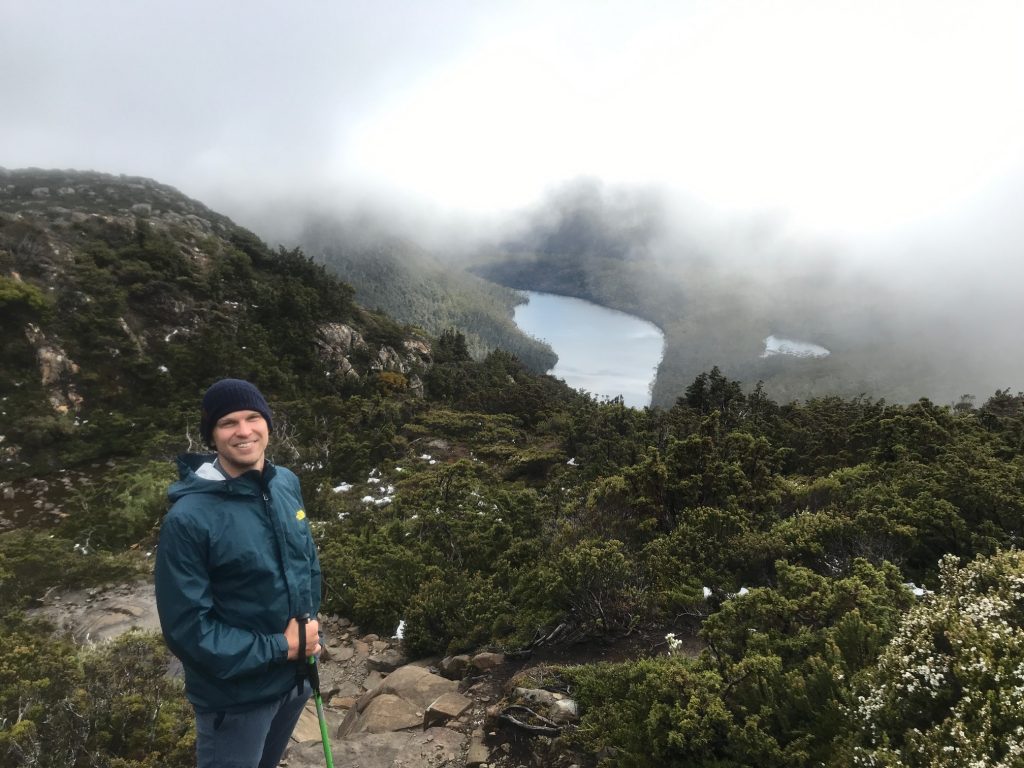
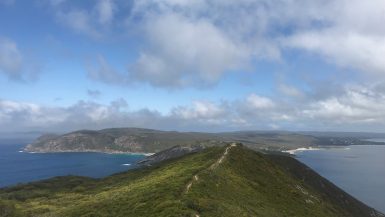
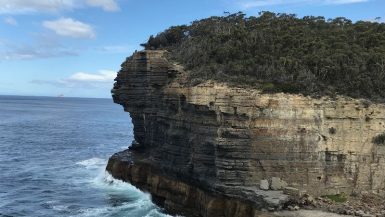
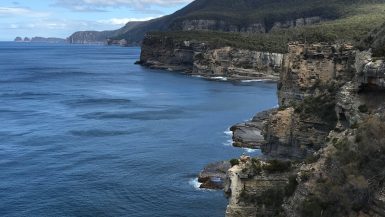
Leave a reply